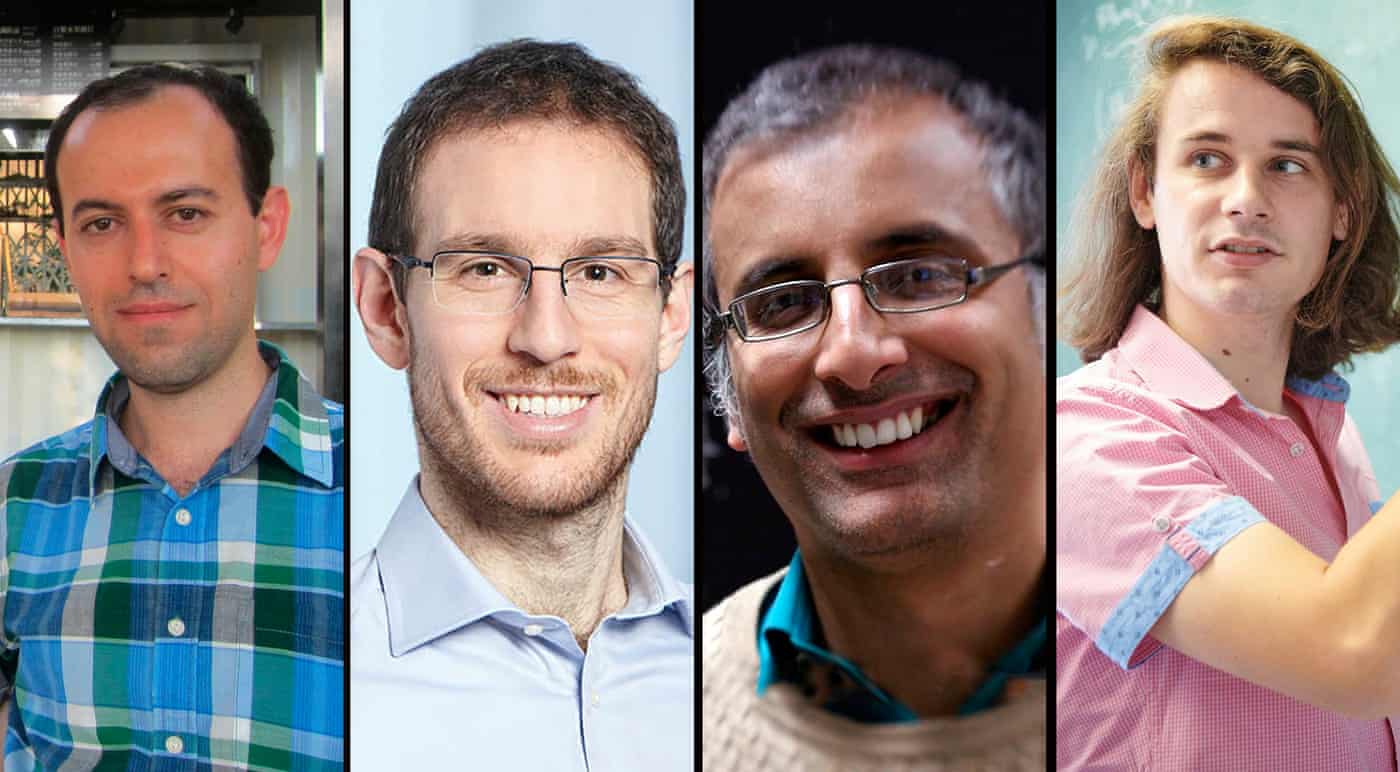 |
| Map of Engineering, found on mindmapart.com |
I like the perspective that engineering is not all "software" and "IT" "tech" but instead encompasses a broad range of old and new staples of human heritage.
Also that it is not all theory, nor does it fit neatly into the popular academic departments like mechanical and electrical and so on.
In practice, engineering is interdisciplinary, mingling with perhaps every discipline we have.
 |
| Map of mathematics, found on sciencealert.com |
This map of mathematics is not only available as a chart, but also a brisk+dense
youtube video (channel name: Domain Of Science) that I've watched a few times and still don't grasp, but ok, I bet there'll soon be a smoother version.
My other main response was to the final moments of the video - the segment on the "foundations of mathematics" seen here in the top left. I recall feeling a slight alarm maybe mixed with enjoyment too, at the reminder that all of this is invented, made up, an edifice, merely an
image of God, but certainly not all of it.
Mathematics may not be all there is, but it is a beautiful representation;
allows for beautiful representations. And it is artistic. And sexy.
Also, without math, there might be no engineering.
Advertisement: Read
my books.















